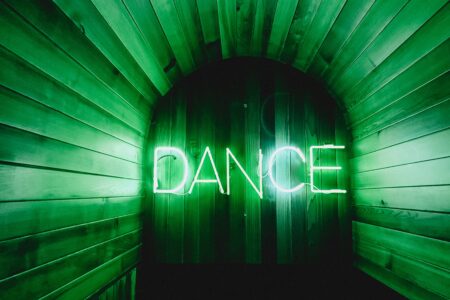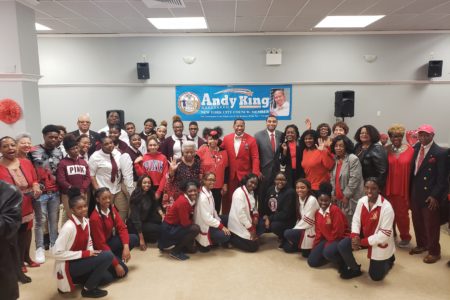In a moment when Pride flags are being banned, LGBTQ+ organizations are losing funding, and butchqueens and femqueens continue to face violence, the need for safe spaces has never been more real. October is LGBTQ+ History Month—a time to honor the people and movements that built our culture and protected our lives. One of the most powerful of those movements is the ballroom scene. Born in New York City, ballroom is more than performance. It is history. It is survival. It is chosen family.
For Icon Sajuan Scott of Harlem, ballroom is home.
“I got involved in ballroom through my best friends Kahali and Driokan,” Sajuan shares. “One passed away and the other is not around. I needed somewhere that allowed me to feel safe and find people who shared similar life experiences as me.” Almost twenty years later, Sajuan is still here—still giving back, still holding space, still protecting others the way ballroom protected him. “Ballroom is one big family,” he says. “And that is what it will always mean to me.”
That word—family—is the heartbeat of ballroom. In a world that often rejects LGBTQ+ people, ballroom creates houses: tight-knit teams led by house parents who mentor, nurture, and uplift their members. These houses compete, yes—but more importantly, they care for one another. They guide. They heal. They love.
For Dhelanie, known in ballroom as Nessi Old Navy, the journey started with curiosity and dance. “Growing up in the LGBT community I never knew what ballroom was,” she admits. It was not until a friend started dipping and spinning in her living room that she asked, “What are you doing?” That question opened the door to a culture of creativity, history, and resilience. As a plus-size trans woman and dancer, voguing became her freedom.
Nessi first learned to vogue on TikTok, gaining thousands of supporters. Houses noticed. They reached out. But she did not care about trophies. What pulled her in was not the competition—it was the love.
“What gravitated me to ballroom was the family aspect,” she says. “The House of Old Navy did not just see talent—they saw a girl who needed people behind her… someone to love her for who she is.”
She honors her founders, Neko Old Navy, and her late husband, the Legendary Transman Realness Sonny Old Navy, who believed in her. “I would not be here if it was not for them.”
Now, Nessi is stepping into her power. Her face is known. Her name is rising. “A new me is brewing,” she says proudly. “A new vogue, new categories, new positions, new look… People just need to stay tuned.”
As LGBTQ+ rights face new attacks, ballroom reminds us of our history: we have always saved each other. In New York City and beyond, ballroom continues to be what the world often is not—a place to be seen, a place to be safe, and most of all, a place to belong.
Ballroom is not just culture.
It is family.
And family does not disappear.
Featured image credit: DepositPhotos.com








